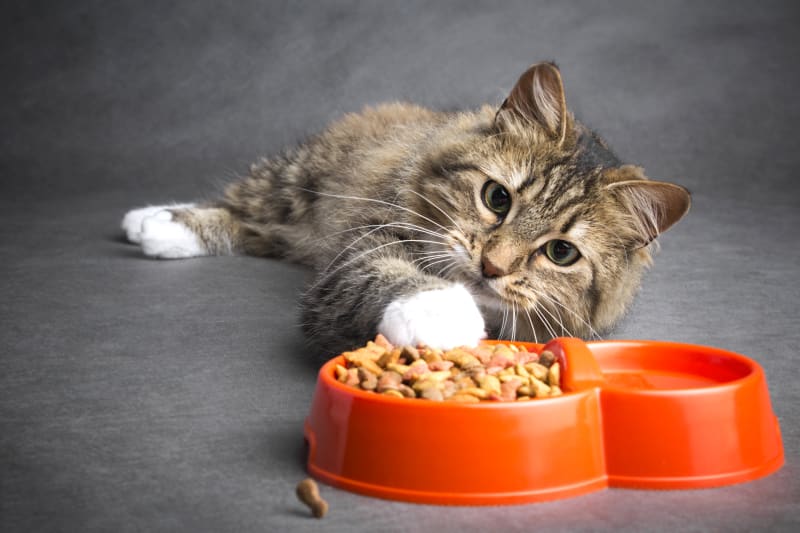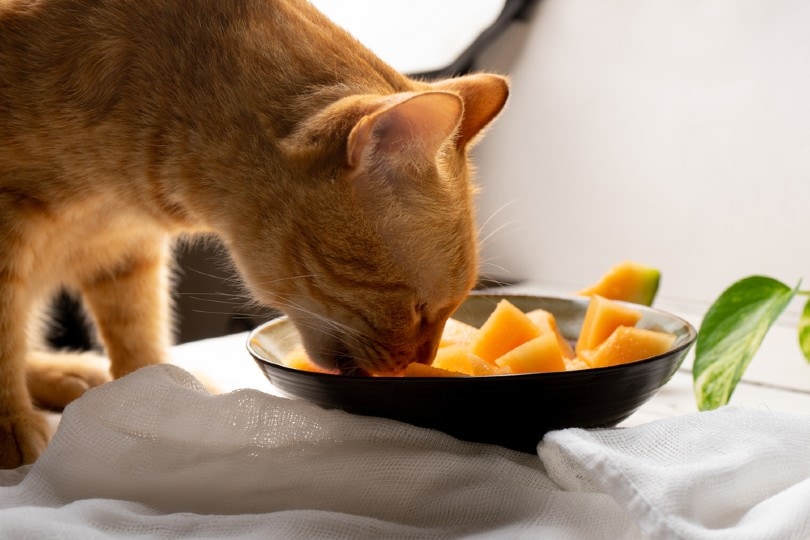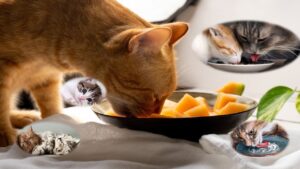Online Cat food: Price, Brand and Review

As a cat owner, one of the fundamental responsibilities is to ensure that your feline friend receives proper nutrition, which is a critical aspect of their overall health. This article delves into the various facets of cat food, from the essential nutrients required by cats to the diverse range of food options available on the market.
1. The Nutritional Needs of Cats
Cats are obligate carnivores, relying on nutrients found only in animal products. Essential nutrients that must be present in a cat’s diet include:
- Protein: The building block of a cat’s diet, proteins are crucial for the growth, repair, and maintenance of body tissues.
- Taurine: An essential amino acid that cats cannot synthesize sufficiently. It is vital for vision, heart function, and reproduction.
- Fatty Acids: Omega-3 and omega-6 fatty acids are essential for a cat’s coat, skin health, and immune function.
- Vitamins and Minerals: Cats need various vitamins and minerals in precise amounts, such as Vitamin A, Vitamin D, calcium, and phosphorus.

2. Types of Cat Food
Cat food comes in various forms, each with its advantages and disadvantages:
- Dry Food (Kibble): Convenient and cost-effective, dry food has a long shelf-life and can help keep a cat’s teeth clean. However, it often contains more carbohydrates than cats need.
- Wet Food (Canned): Wet food is higher in moisture content, which is beneficial for hydration, but wet food is also more palatable for most cats. It can be more expensive and less convenient than dry food.
- Semi-Moist Food: This type of food is less common and is often used as a treat rather than a meal due to its higher sugar and salt content.
- Raw Diet: Some owners feed their cats a raw diet, believing it mimics what cats would eat in the wild. This approach requires careful planning to avoid nutritional deficiencies and prevent foodborne illnesses.
- Prescription Diet: These are specially formulated diets for cats with specific medical conditions and should only be used under the guidance of a veterinarian.

3. Choosing the Right Food for Your Cat
When selecting cat food, consider the following factors:
- Age: Kittens, adult cats, and seniors have different nutritional needs. For instance, kittens require more calories and protein, while senior cats may need fewer calories and more easily digestible ingredients.
- Activity Level: A highly active cat will have different caloric requirements compared to a sedentary indoor cat.
- Health Conditions: Cats with health issues such as kidney disease, diabetes, or allergies may require specialized diets.

4. Reading and Understanding Cat Food Labels
The label on cat food can provide valuable information about its nutritional content. Key things to look for include:
- Ingredients List: Ingredients are listed by weight. Look for a protein source as the first ingredient.
- Guaranteed Analysis: This provides the minimum or maximum levels of nutrients such as protein, fat, fiber, and moisture.
- AAFCO Statement: The Association of American Feed Control Officials (AAFCO) provides nutritional adequacy statements to help you understand if the food is ‘complete and balanced.’

5. Feeding Practices and Tips
Proper feeding goes beyond choosing the right food. Here are some tips to ensure your cat is well-fed:
- Consistency: Cats prefer a consistent feeding schedule. This helps regulate their digestive system and reduces anxiety.
- Portion Control: Avoid overfeeding to prevent obesity. Follow the feeding guidelines on the food’s packaging or consult your vet.
- Fresh Water: Always provide access to fresh, clean water, as hydration is as important as food.
- Transitioning Foods: When changing diets, do so gradually over the course of a week to prevent digestive upset.

6. Common Myths and Misconceptions
There are several myths surrounding cat food, such as the belief that cats can live on fish alone or that milk is a necessary part of their diet. In reality, too much fish can lead to nutrient imbalances, and many cats are lactose intolerant.

7. The Future of Cat Food
The cat food industry is constantly evolving, with trends like organic and grain-free options gaining popularity. Advances in nutritional science continue to shape the development of cat food products, aiming to cater to the health and longevity of our feline companions.
Conclusion
In conclusion, a proper diet is paramount for the health and happiness of your cat. By understanding the nutritional needs, evaluating the different types of cat food available, and adopting appropriate feeding practices, you can ensure that your furry friend thrives. Remember to consult with a veterinarian before making any significant changes to your cat’s diet, especially if they have specific health needs.







